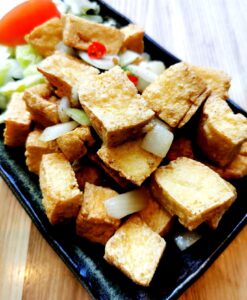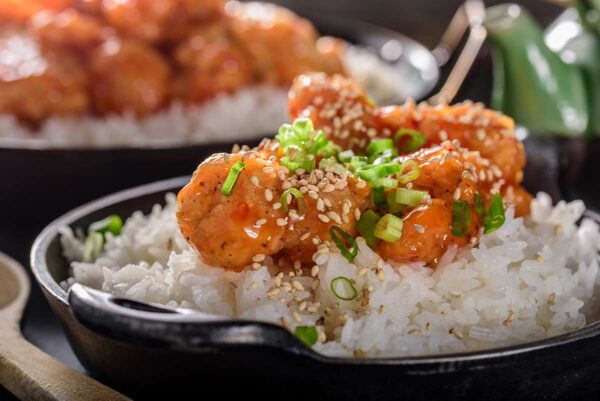Chinese food has long ranked high on the list of favourite ethnic cuisines. Of course, restaurant offerings do try to reflect the traditional daily fare eaten in China. Some popular but, perhaps, less healthy menu items — such as pork spare ribs and fried dough sticks — should be reserved for the occasional indulgence. Still, you can find lots of healthy options when dining out at a Chinese restaurant.

In general, traditional Chinese cooking has a lot of merit, and many staple foods, such as vegetables, tofu, and seafood, are all linked to a lower risk of cardiovascular disease. So are the unsaturated oils (such as canola, soy, or peanut oil) frequently used to prepare Chinese dishes.
Perhaps you’re familiar with stir-fries made with broccoli or bok choy (Chinese cabbage). But you may want to branch out and try snow pea leaves (also called pea shoots), which are delicate, slightly bitter greens. Bitter melon, which looks like a long, pale-green, rough-textured cucumber, is especially rich in vitamin A, potassium, and folate..
Asian restaurants also often have a large selection of whole fish, such as hake, grouper, or sea bass, which are often prepared steamed with ginger and scallions. Shellfish such as shrimp, clams, and mussels are good sources of protein and other nutrients; they’re usually steamed or stir-fried, either alone or with vegetables. Shellfish are also far more environmentally friendly to farm than other animal-based protein sources such as beef, pork, and poultry.
Soybean curd (tofu) is another healthy, versatile protein common in the Chinese diet.

